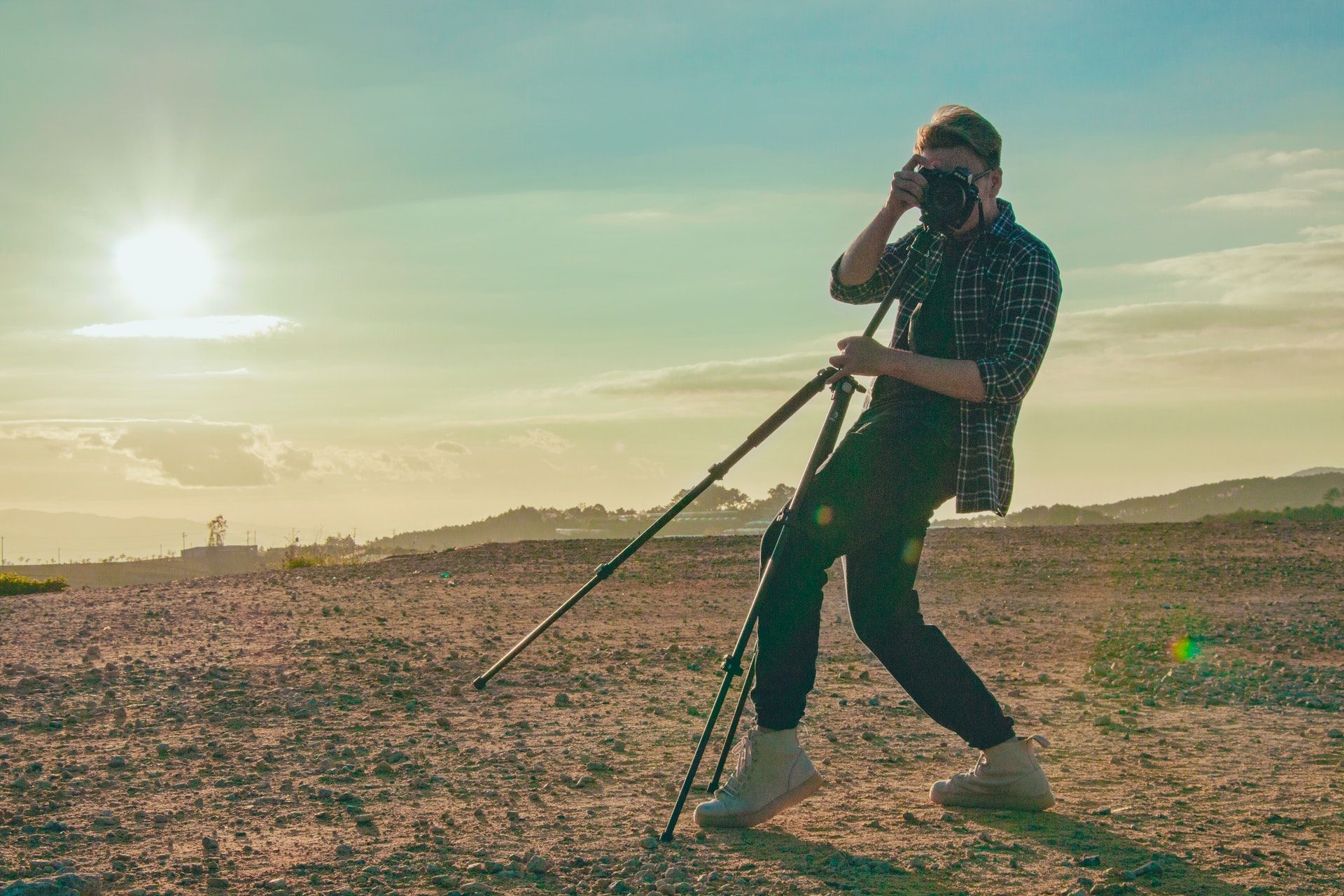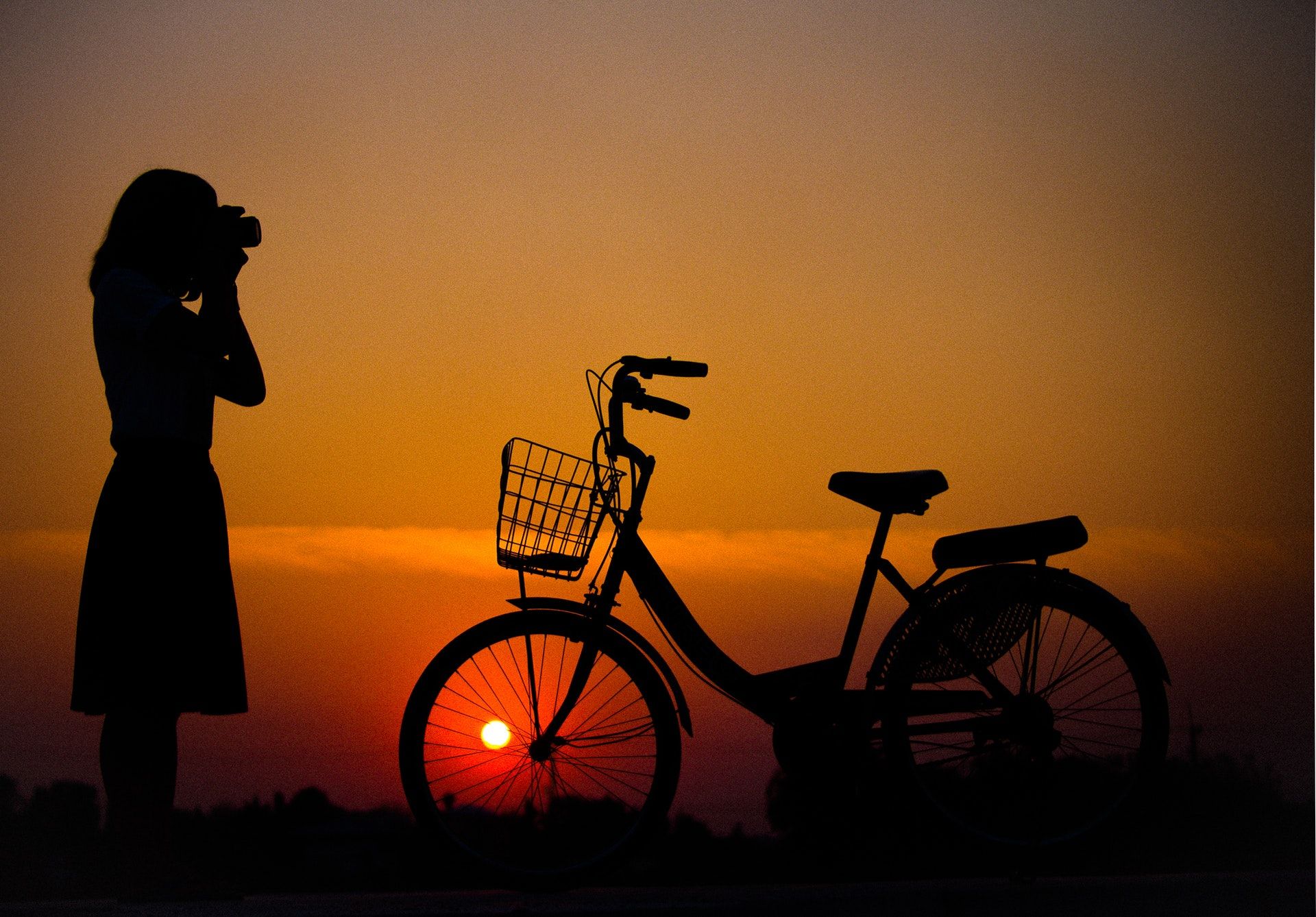If you're a beginner photographer, you may have heard of the Sunny 16 Rule but don't know what it means. It may seem daunting to learn yet another photography fundamental, but this one's simple.
In this article, we'll explain the Sunny 16 Rule, who it's for, and how to use it in your photography.
What Is the Sunny 16 Rule?
The Sunny 16 Rule is a method that photographers use to determine the correct exposure without a light meter. As the name suggests, the rule is best applied on bright and sunny days.
The formula: set your aperture to f/16. The shutter speed is the reciprocal of your ISO value. For example, at f/16 and an ISO of 100, your shutter speed would be 1/100. At f/16 and an ISO of 200, your shutter speed would be 1/200. And so on.
If you don't have a shutter speed setting that lines up this way, you could use either exposure compensation or just set your shutter speed to the next highest value. For example, an ISO of 125 works fine with a shutter speed of 1/200 if your camera doesn't have a 1/125 shutter speed.
Who Uses the Sunny 16 Rule?
The Sunny 16 Rule was and still is meant primarily for film photographers who don't have the benefit of using a light meter. This might seem very niche, but prior to the digital era, the Sunny 16 Rule came in very handy for many photographers, professionals and amateurs alike.
How to Apply the Sunny 16 Rule to Different Aperture Values
The Sunny 16 Rule is flexible depending on the lighting situation; the aperture setting can always be changed based on the amount of light available.
In the following conditions, set your camera to an ISO of 100 and a shutter speed of 1/100. Apply the same Sunny 16 Rule technique for different ISO values.
- f/2.8 for dusk conditions.
- f/4 for shade.
- f/5.6 for overcast days.
- f/8 for cloudy days.
- f/11 for partly cloudy.
- f/16 for sunny days (Sunny 16 Rule).
- f/22 for sunny days with snow or other highly reflective surfaces.
If your camera doesn't have higher f-stops like f/16 and f/22, you'll have to refer to the exposure triangle to calculate the right settings based on your closest available f-stop setting.
Why Most Photographers Can Disregard the Sunny 16 Rule
Practically all digital cameras, including DSLRs and mirrorless systems, have built-in light meters that calculate exposure. The same goes for smartphone cameras. This is why most beginner photographers can safely disregard the Sunny 16 Rule unless they're shooting film.
But if you're a film shooter, the Sunny 16 Rule can be an invaluable tool, especially if you don't have a built-in light meter in your camera or have left your light meter at home.
No Light Meter? No Problem
The Sunny 16 Rule isn't an essential know-how for many photographers, but it's a handy method to have in your back pocket, especially if you don't have a light meter.



.jpg)
